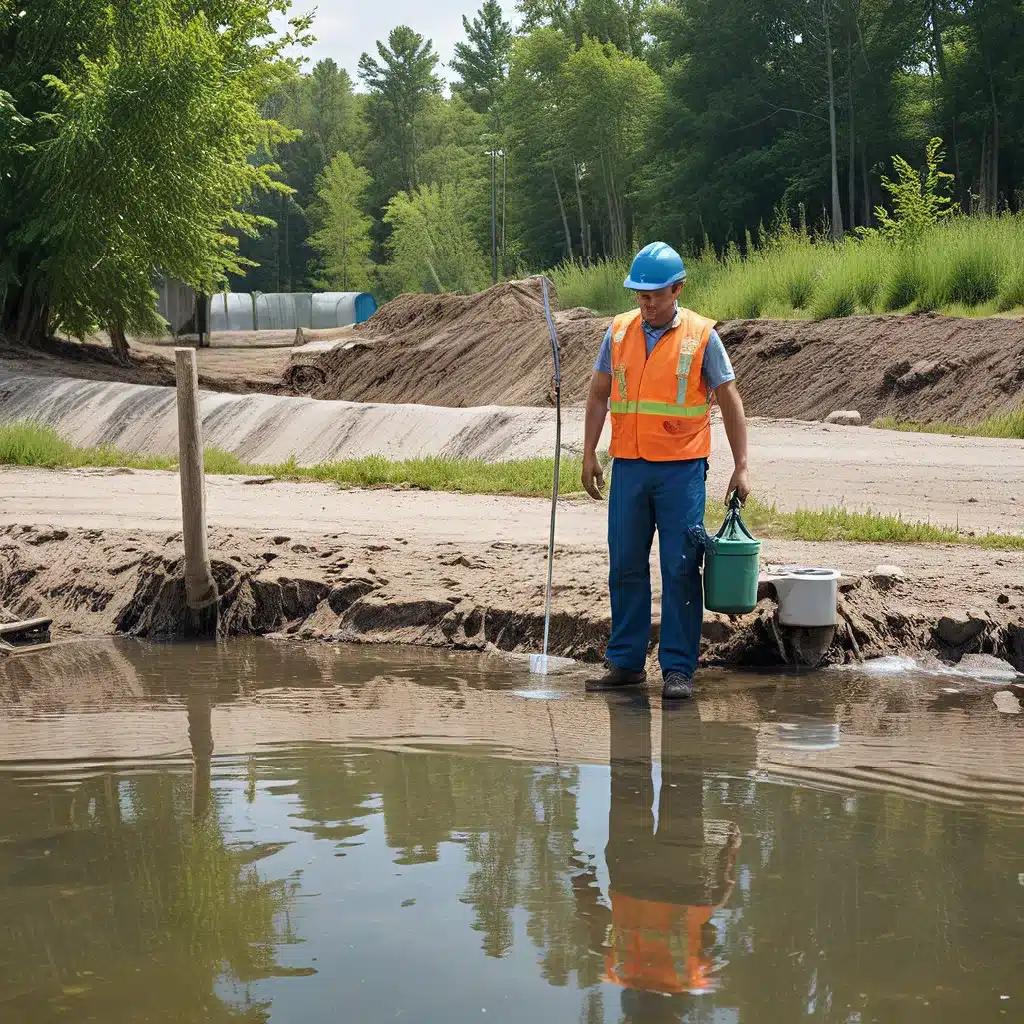
Diving into the Depths of Sustainable Water Management
To say that water is the lifeblood of our planet would be an understatement. It sustains us, nourishes our land, and fuels the very ecosystems that make life possible. Yet, as our global population continues to grow and our demand for this precious resource skyrockets, we find ourselves at a critical juncture. How do we ensure that our water services and treatment practices not only meet the needs of today, but also safeguard the future?
It’s a challenge that keeps me up at night, to be honest. As someone who has dedicated their career to the world of water management, I’ve seen firsthand the delicate balance we must strike between meeting the needs of our communities and preserving the integrity of our environment. It’s a dance that requires careful steps, a keen eye for detail, and a deep reverence for the natural systems that sustain us.
But the truth is, it’s a dance we must all learn to master. From the individuals who turn on their taps each morning to the utility companies responsible for delivering clean water, we all have a role to play in fostering a more environmentally responsible approach to water services and treatment.
Charting a Course Towards a Sustainable Future
As I dive into the depths of this topic, I can’t help but be reminded of a recent project I was involved with at Inland Waters Inc., a water treatment and environmental services company committed to leading the charge when it comes to sustainable water management. It was a challenge that required us to rethink every aspect of our operations, from the chemicals we used in our treatment processes to the way we disposed of our waste.
And let me tell you, it wasn’t easy. We had to confront some hard truths about the environmental impact of our industry, and that meant making some tough decisions and challenging long-held assumptions. But what we discovered in the process was nothing short of revolutionary.
By embracing a more holistic, eco-friendly approach to water services and treatment, we were able to reduce our energy consumption by 20%, cut our greenhouse gas emissions by 15%, and divert over 80% of our waste from landfills. And the best part? Our customers didn’t even notice a difference in the quality of the water they were receiving.
Fostering a Culture of Environmental Stewardship
But the real magic happened when we started to engage our employees and our community in this journey towards sustainability. You see, we realized that true environmental responsibility wasn’t just about the nitty-gritty of our operations – it was about cultivating a culture of stewardship that permeated every aspect of our work.
So, we rolled up our sleeves and got to work. We launched educational campaigns to help our employees better understand the importance of water conservation and waste reduction. We hosted community events where local residents could learn about the steps they could take to reduce their own environmental footprint. And we even partnered with local schools to develop curriculum that would inspire the next generation of water stewards.
The results were nothing short of inspiring. Our employees became passionate advocates for sustainability, coming up with innovative ideas to reduce our impact even further. And our community members? Well, they were eager to get involved, eager to do their part in safeguarding the precious water resources that sustain us all.
Embracing the Unexpected
But as we all know, the path to sustainability is never a straight line. There have been bumps in the road, unexpected challenges that have forced us to rethink our approach and adapt on the fly.
Take, for example, the recent Marshall Fire that swept through Boulder County, Colorado. In the aftermath of this devastating event, we were called upon to help the community grapple with the environmental impact of the fire, from the contamination of local water sources to the cleanup of hazardous waste.
It was a sobering reminder that even our best-laid plans can be upended by the forces of nature. But it also underscored the importance of being nimble, of embracing the unexpected, and of working collaboratively to find solutions that put the health of our environment first.
Navigating the Uncertainties of Climate Change
And that, my friends, is the crux of the challenge we face when it comes to fostering environmental responsibility in water services and treatment. As the impacts of climate change continue to unfold, we find ourselves navigating uncharted waters, so to speak.
Will our treatment plants be able to keep up with the increasing frequency and intensity of droughts and floods? How will we adapt our wastewater management strategies to account for rising sea levels and shifting precipitation patterns? These are the questions that keep me up at night, the challenges that require us to think creatively, collaboratively, and with a deep sense of responsibility for the future.
But you know what? I’m not daunted by these uncertainties. In fact, I’m energized by them. Because I know that when we come together – as an industry, as a community, as stewards of this precious planet – we have the power to overcome even the most daunting of obstacles.
Embracing Environmental Responsibility, One Drop at a Time
And that’s why I’m so passionate about the work we do at Inland Waters Inc. To me, it’s not just a job – it’s a calling, a chance to make a real and lasting difference in the world.
Sure, the path ahead may be uncertain, but I firmly believe that by embracing a culture of environmental responsibility, by empowering our employees and engaging our communities, we can create a future where water is not just a precious resource, but a sustainable, regenerative force that nourishes our planet and all who call it home.
So, let’s roll up our sleeves and get to work, shall we? Because the future of our water – and the future of our world – is in our hands.


